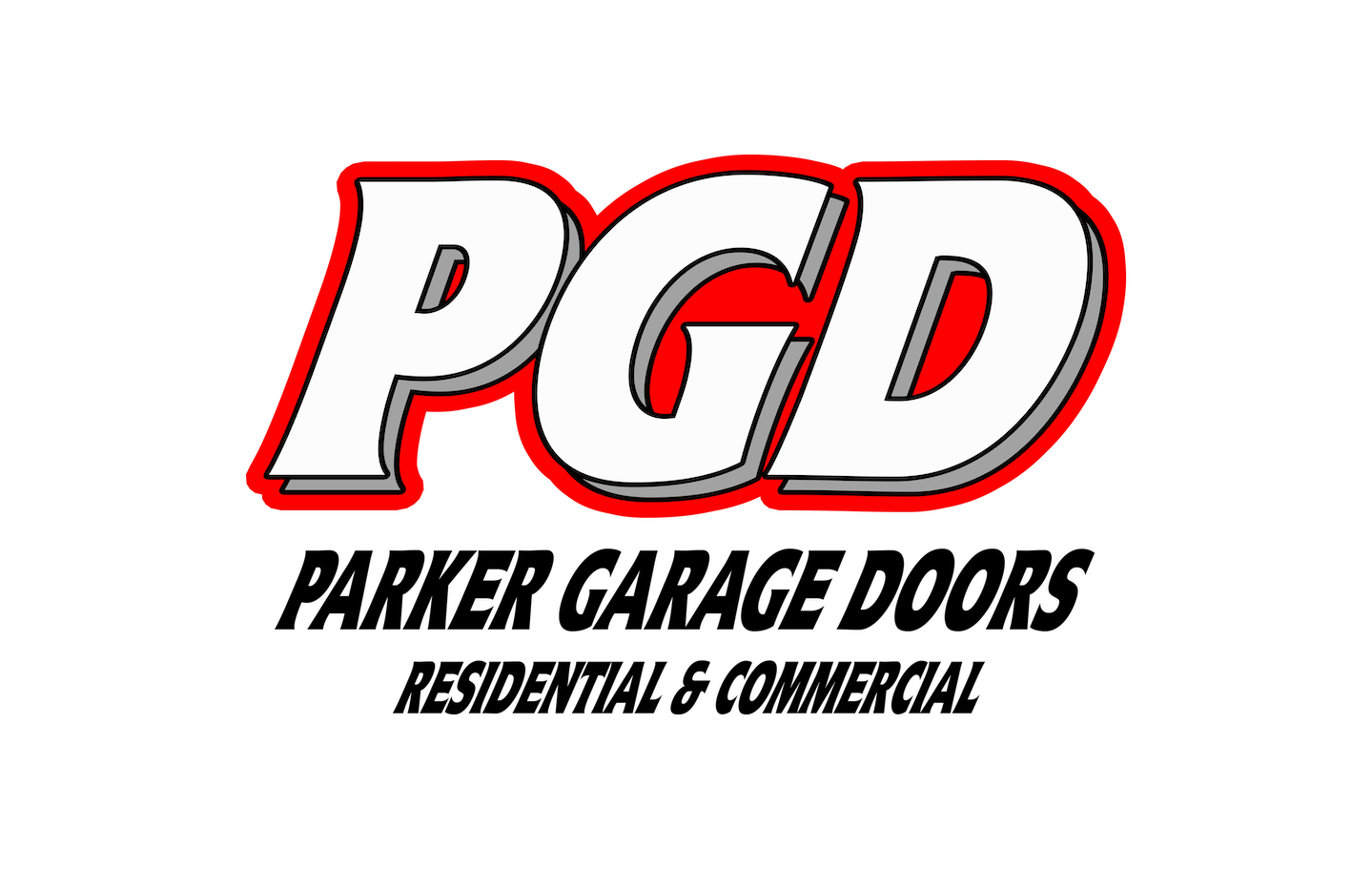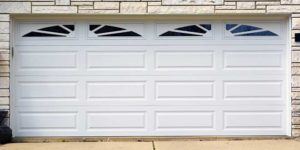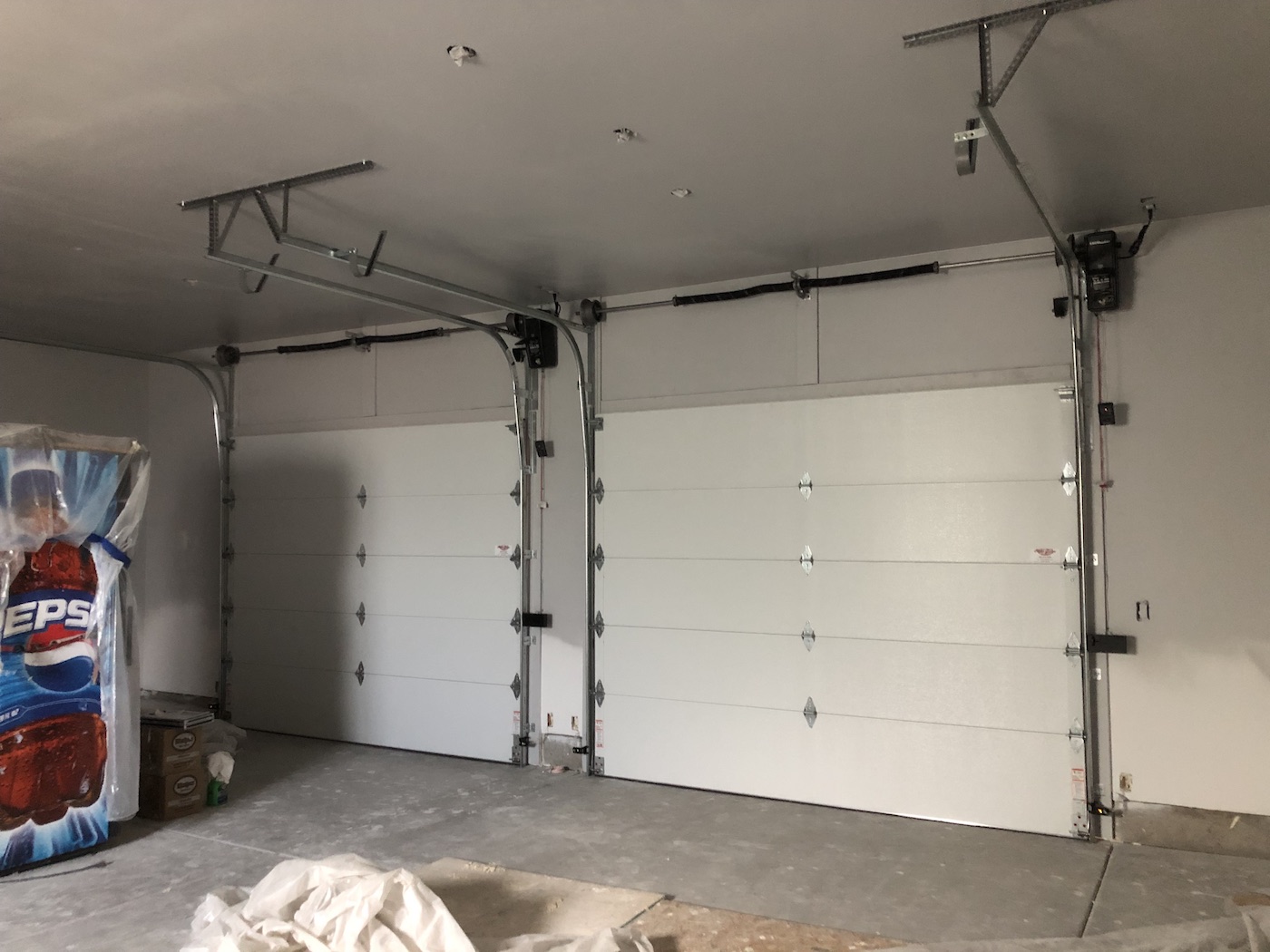Your Guide To Garage Door Track Repair
When your garage door isn’t working right, the culprit is often something that’s easy to overlook—your garage door tracks. These metal rails are responsible for guiding your garage door as it opens and closes. But when they’re bent, misaligned, or damaged, your entire system can come to a screeching halt.
At Parker Garage Doors & More, we understand how frustrating it is when your garage door suddenly stops working. That’s why we offer fast, expert garage door track repair in Phoenix. Our experienced team is committed to getting your garage door back on track—literally and figuratively.
Why Garage Door Track Repair is Important
Your garage door tracks do more than you might think. They’re designed to keep the door aligned and ensure smooth, balanced movement every time you open or close it. But if they become bent or misaligned, it can lead to serious problems.
Damaged tracks can cause the door to jam, make loud grinding noises, or stop working altogether. Worse, a misaligned door poses a serious safety risk—a heavy door that falls off track can cause injury or damage property.
Signs You Might Need Track Repair:
- Uneven or jerky garage door movement
- Grinding or scraping noises during operation
- Garage door won’t open or close completely
- Visible gaps or bends in the track
- Garage door appears off balance or crooked
Common Causes of Garage Door Track Damage
Even the most durable garage door tracks can wear out or get damaged over time. Here are a few of the most common reasons we see:
- Accidental Impact: Backing into your garage door—even lightly—can bend the track.
- Wear and Tear: Years of daily use will eventually take a toll on your track system.
- Lack of Maintenance: Dirt, debris, and rust buildup can interfere with smooth operation.
- Loose Hardware: Screws and brackets can work themselves loose, leading to misalignment.
Repair vs. Replacement: What’s the Right Call?
Sometimes a quick fix will do. Other times, full replacement is the smarter move.
- Repair: Minor bends or misalignments, loose brackets, and dirty tracks can often be fixed with professional adjustment.
- Replacement: If the track is cracked, severely bent, or rusted through, replacement is often the safest and most cost-effective long-term solution.
We’ll walk you through the best option for your specific situation and budget. That’s part of our promise—honest advice, never upselling.
Our Step-by-Step Garage Door Track Repair Process
When you call our team for garage door off track repair, here’s what you can expect:
- Inspection & Diagnosis: We start by identifying the issue—bends, alignment problems, or broken components.
- Track Adjustment or Straightening: Using professional tools, we realign or carefully straighten the track.
- Hardware Tightening & Lubrication: We secure every bolt and screw and apply high-quality lubricant to reduce friction.
- Testing: Your garage door is tested multiple times to ensure smooth and safe operation.
Why You Shouldn’t DIY Garage Door Track Repair
While it might be tempting to grab a wrench and fix it yourself, garage door systems are under a lot of tension. One wrong move can make the problem worse—or cause injury.
Professional garage door track repair ensures:
- Proper alignment to avoid future damage
- Enhanced safety for your family and home
- Long-term savings from fewer breakdowns
Why Homeowners in Phoenix Choose Parker Garage Doors & More
We’ve proudly served the Phoenix area for decades with fast, affordable, and honest garage door services. Our commitment to quality has earned us the trust of thousands of homeowners.
Here’s what makes us stand out:
- Experienced Technicians: We’ve seen it all, and we fix it right the first time.
- Same-Day Service: We don’t make you wait—when your door’s off track, we’re on it.
- Affordable Rates & Warranty: We offer competitive pricing and back our work with a satisfaction guarantee.
- Locally Owned & Operated: We care about our community, and it shows in everything we do.
Tips to Maintain Your Garage Door Tracks
Prevention is always better than repair. Here are a few quick tips:
- Check for signs of misalignment regularly
- Clean the tracks to remove dirt and grime
- Lubricate the tracks with a garage-door-safe product
- Tighten any loose screws or hardware
- Schedule annual maintenance with a pro
Frequently Asked Questions
Q: Can I fix a bent garage door track myself?
A: It’s best to leave it to the pros. DIY fixes can worsen the damage or create a safety risk.
Q: How long does track repair take?
A: Most repairs are completed in under two hours.
Q: What if my door keeps going off track?
A: It’s likely an alignment issue or a worn track. We can inspect it and give you an honest recommendation.
Don’t Wait – Fix That Garage Door Track Today
A damaged garage door track isn’t just an inconvenience—it’s a hazard. Let our team at Parker Garage Doors & More take care of it for you. We’ll get your door operating smoothly and safely again in no time.
📞 Call now or schedule your repair online and let our Phoenix garage door experts fix it fast—because you deserve service that’s done right the first time.

Parker Garage Doors is your trusted expert in garage doors, entry doors, and security gates. We provide high-quality installation, repair, and maintenance services to ensure your home or business stays secure and stylish. With a wide range of durable and attractive door solutions, we help enhance your property’s safety and curb appeal.
 replacements. Additionally, there are significant safety concerns, as the door can crash down if the spring breaks, posing a serious risk. Lastly, single springs provide less balanced lifting, causing more strain on the garage door opener over time and potentially leading to higher maintenance costs.
replacements. Additionally, there are significant safety concerns, as the door can crash down if the spring breaks, posing a serious risk. Lastly, single springs provide less balanced lifting, causing more strain on the garage door opener over time and potentially leading to higher maintenance costs. Double spring garage doors, while offering enhanced safety and durability, come with several disadvantages. They are more expensive to install and maintain due to the additional components and labor required. The increased complexity of double spring systems means they need more time and expertise for installation and repairs. Additionally, these systems often require more headroom and space, making them less suitable for smaller garages.
Double spring garage doors, while offering enhanced safety and durability, come with several disadvantages. They are more expensive to install and maintain due to the additional components and labor required. The increased complexity of double spring systems means they need more time and expertise for installation and repairs. Additionally, these systems often require more headroom and space, making them less suitable for smaller garages.
